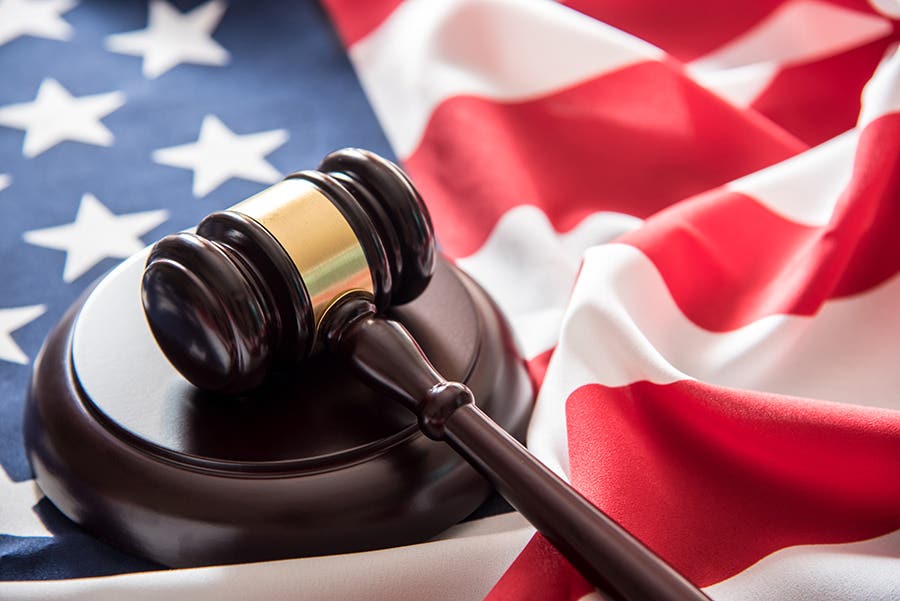Biases In Certified Coin Populations
While third-party grading services and their population reports have helped collectors gauge rarity, the costs of grading have influenced which coins get submitted—introducing biases that numismatists must consider when assessing true scarcity
The advent of third-party grading services, along with their published census information, has helped collectors and dealers better understand the relative rarity of different issues and in which grades.
However, the costs of these services have skewed which coins were submitted for grading and encapsulation. Consequently, while population data is often useful, numismatists need to consider biases in judging relative rarity.
Let’s look at an obvious example. Earlier this week, the Professional Coin Grading Service (PCGS) reported that since 1986, it had graded 17 specimens of the 1881-S Morgan Dollar in Very Good-8 condition; the Numismatic Guaranty Corporation (NGC) had judged seven examples to be of this grade since 1987.
In contrast, PCGS had graded 907 of the 1893-S Morgan as Very Good-8, with NGC adding another 407 pieces in that quality.
Most readers of this column immediately understand that the low mintage 1893-S Morgan Dollar is so rare, with a current PCGS Retail value in VG-8 at $4,600, that many numismatists find it well worth the cost of submitting coins of this quality to a third-party grading service. This is not true for the 1881-S Morgan, where the PCGS Retail of $40 in the same grade is rarely worth the cost of submission.
Beyond the distortion of how many specimens are submitted in less than top grades, there are other practices that can mislead people on relative rarity. Decades ago, at a coin show, one dealer had the then-highest-graded PCGS or NGC specimen of a particular U.S. coin on display in his case. If one were to consult the PCGS and NGC population reports at the time, one would see that each reported two specimens in that lofty grade. However, this dealer had next to the coin in its current slab the other three slab inserts of the exact same grade for this coin. There was only one coin that was rated in that top grade; it had just been submitted four times to the services. The dealer needed to show the other inserts to prove to a potential buyer that it was the sole nicest-graded example at that time. However, it would also be possible for this or any other dealer to claim that the population of four specimens in this top quality might make pieces of the next lower grade worth less because “they aren’t as rare” and seek to acquire more of them at a lower price than deserved.
Another niche where population reports do not necessarily reflect accurate rarity is for modern coins sold by mints in protective packaging. As an example, PCGS reports that it has graded 31 1964 Kennedy Half Dollars in Proof-70 condition, while NGC has not reported any. Yet, the mintage of this coin is 3,950,762, all of which were issued in the proof set’s protective plastic package. The two services have graded another 16,779 1964 Halves in Proof-69 quality. Obviously, top-quality 1964 Kennedy Halves are not rare. When you consider how many more thousands or hundreds of thousands of them could be sent to the grading services, it is likely that this coin is much more common in Proof-70 than the grading service censuses would indicate.
Collectors can benefit a lot by consulting the grading service population reports. You just need to keep in mind that the financial and other biases that impact which pieces are submitted for grading could over or understate true relative rarity.
Last week’s numismatic trivia question.
Last time, I asked— Which of the 42 men depicted on the reverse of the Series 1976 to date $2 Federal Reserve Note had a son and a great-grandson who later served as U.S. presidents? (Hint: it is not John Adams, whose son John Quincy Adams also served as U.S. President.) The 12th man from the left in the design is Benjamin Harrison V, who was the father of future U.S. president William Henry Harrison and great-grandfather of Benjamin Harrison. As a Virginia delegate to the Continental Congress, he was a signer of the Declaration of Independence. In fact, he was chair of the Congress’s Committee of the Whole when it debated the final issues of the Declaration. He later served as Virginia’s governor from 1781 to 1784 and served three separate times, before and after serving as governor, as the Speaker of the Virginia House of Delegates.
This week’s trivia question
Here is this week’s question. Current U.S. coins state “United States of America” as required by legislation. Why do both sides of current U.S. paper money instead state “The United States of America?” Come back next week for the answer.
Patrick A. Heller was honored as a 2019 FUN Numismatic Ambassador. He also received the American Numismatic Association 2018 Glenn Smedley Memorial Service Award, the 2017 Exemplary Service Award, the 2012 Harry Forman National Dealer of the Year Award, and the 2008 Presidential Award. Over the years, he has also been honored by the Numismatic Literary Guild (including twice in 2020), the Professional Numismatists Guild, the Industry Council for Tangible Assets, and the Michigan State Numismatic Society. He is the communications officer of Liberty Coin Service in Lansing, Mich., and writes “Liberty’s Outlook,” a monthly newsletter on rare coins and precious metals subjects. Past newsletter issues can be viewed at www.libertycoinservice.com. Some of his radio commentaries, "Things You ‘Know’ That Just Aren’t So,” and “Important News You Need To Know,” can be heard at 8:45 a.m. Wednesday and Friday mornings on 1320-AM WILS in Lansing (which streams live and becomes part of the audio archives posted at www.1320wils.com).
You may also like:








